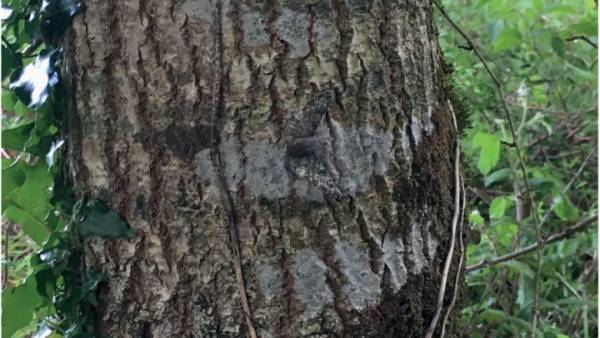Biologists confirmed the history of the evolution of the famous “Darwin’s butterflies”
MOSCOW, 17 Aug — RIA Novosti. The famous birch moth really “blackened” in the mid 19th century due to the rapid development of the industry in Europe, as mentioned by Darwin and his associates. To such conclusion ecologists, published an article in the journal Communications Biology.

“These butterflies have long been considered one of the most striking examples of evolution in action, they are mentioned in virtually all biology textbooks around the world. Creationists constantly attack them, trying to discredit Darwin’s theory. We have confirmed that they have changed color due to growing air pollution,” says Martin Stevens (Martin Stevens) from the University of Exeter (UK).
News Too reasonable: why elephants behave like humans
Too reasonable: why elephants behave like humans
The Darwin’s theory of evolution, in addition to the famous Galapagos finches, there is one symbol more familiar to residents of Russia and other countries of Europe. Approximately two decades after the publication of “On the origin of species”, Darwin contacted albert Farn, one of the prominent British experts on the biology of insects.
He told him about the curious phenomenon of white birch moth, and other butterflies living in the vicinity of the English town of Lewis, just changed color, becoming coal black. Farn suggested that such changes in their appearance were associated with natural selection for several decades prior to this, Lewis has appeared plants for the manufacture of lime, “seceptible” surrounding birch forests and deposits of limestone a large amount of soot.
As a result, the birds became much easier to find butterflies, painted in bright colors, and the dark moth on the contrary, became invisible to them. Most scientists agree with this idea Farny and Darwin, however, opponents of the theory of evolution is constantly criticized this idea, demanding its experimental verification and criticizing various attempts of conducting such trials.
Stevens and his colleagues proposed their own version of testing beliefs of Darwin and Faren, not watching butterflies and their natural enemies — sparrows, Tits and other insectivorous birds. For this scientists have made a few dozen models of butterflies, focusing on samples collected in the mid-19th century and throughout the 20th century and planted them on the trunks of trees in the forests on the South-West of England.
News Scientists have found living contemporaries of dinosaurs on the Earth
Scientists have found living contemporaries of dinosaurs on the Earth
Next to each “butterfly” biologists have mounted cameras, allowing them to monitor how often the birds have found these models and tried to eat them. To increase the attractiveness of these “moths” scientists have filled them with various lures and manufactured from those materials that glow in ultraviolet as well as the chitin of these insects.
As shown by these experiments, light butterfly prey of the birds is about 20% less than dark moth, if they were on the surface of the light birch trunk covered with lichens. If the tree was dark or just evenly colored, then the benefit received black insects.